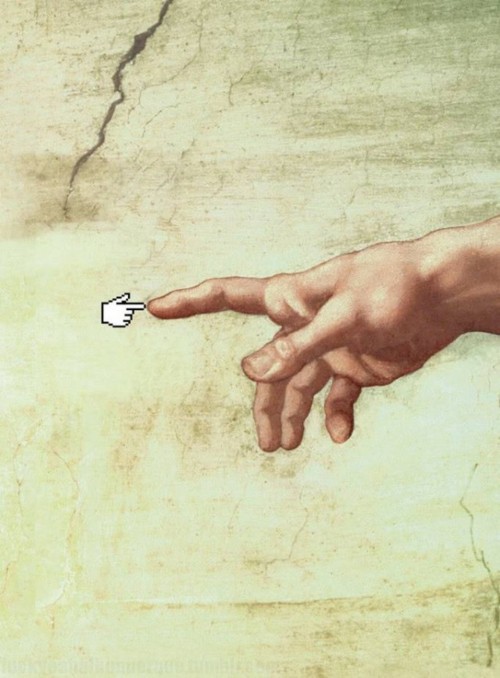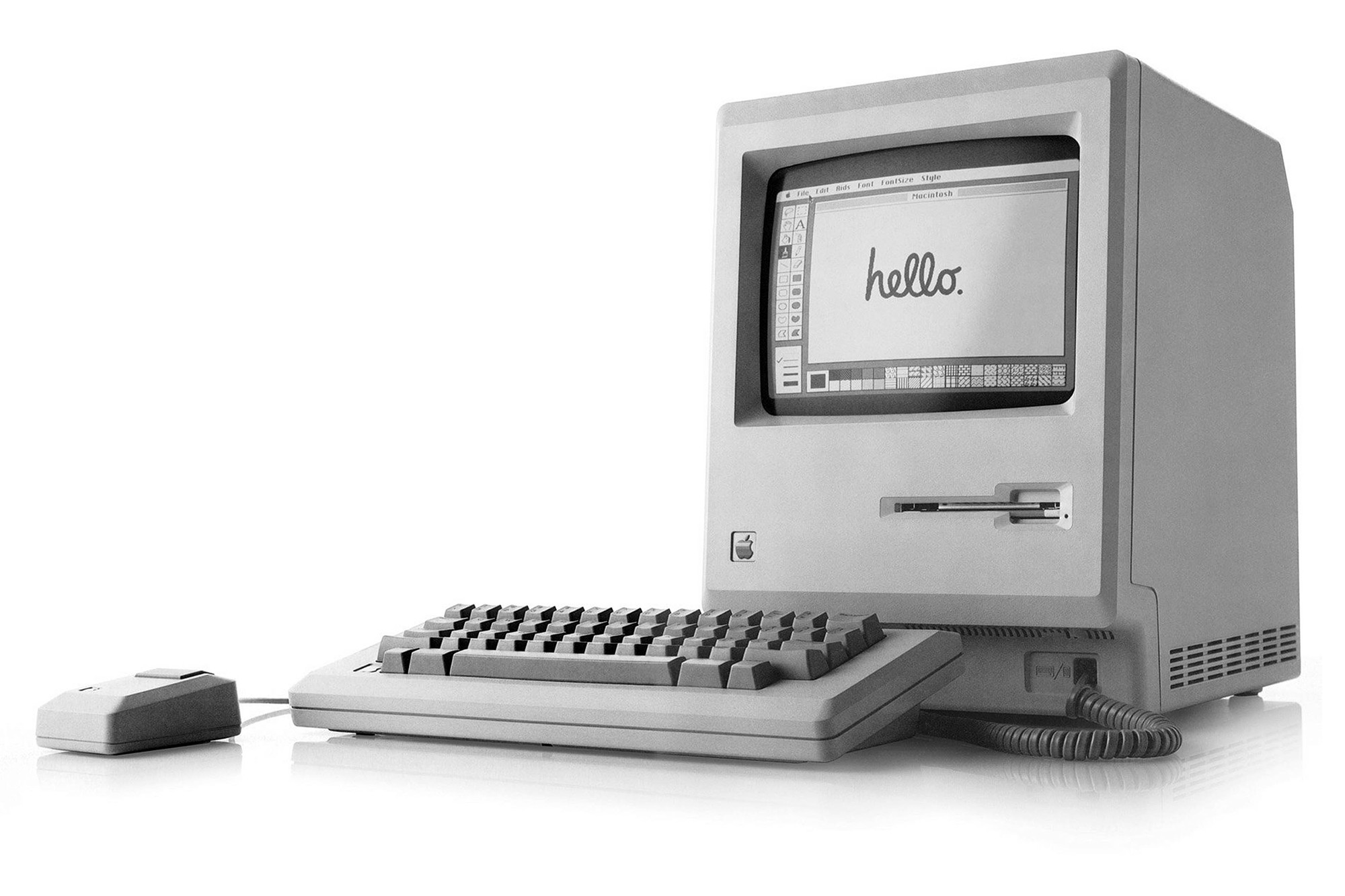The Power of Emotional Connection in Design

When we think of design, we often focus on the visual aspects – the colors, typography, and layout. While these elements are crucial, they’re only half the story. Design is not just about creating something that looks good; it’s about creating an emotional connection with the user. In this article, we’ll explore the importance of emotional connection in design and how to achieve it.
The Surface Level: Aesthetics Matter, But… Aesthetics play a significant role in design. A well-designed product or website can be visually stunning, and its beauty can captivate users. However, if that’s all there is to it, the connection will be superficial. Users might be impressed at first, but they’ll soon lose interest if there’s no deeper meaning or emotional resonance.
The Deeper Level: Emotional Connection Emotional connection is about creating a bond between the user and the product or service. It’s about evoking feelings, memories, or experiences that resonate with the user. When a design achieves this, users become invested, and their loyalty and engagement increase.
How to Create Emotional Connection in Design:
- Empathy: Understand your users’ needs, desires, and pain points. Put yourself in their shoes and design from their perspective.
- Storytelling: Tell a story that resonates with your users. Use narrative techniques, imagery, and language to create an emotional connection.
- User-Centered Design: Design with the user in mind. Focus on their goals, behaviors, and motivations to create a design that’s tailored to their needs.
- Personalization: Tailor the design to individual users. Use data, AI, and machine learning to create a personalized experience that speaks to each user.
- Surprise and Delight: Surprise users with small, delightful moments that create a sense of joy or wonder.
Case Studies:
- Apple: Apple’s design philosophy is centered around creating an emotional connection with users. Their products are designed to be intuitive, beautiful, and user-friendly, creating a sense of loyalty and devotion among customers.
- Nike: Nike’s “Just Do It” campaign is a perfect example of emotional connection in design. The phrase has become synonymous with empowerment, motivation, and inspiration, creating a deep connection with users.
Conclusion: Design is not just about aesthetics; it’s about creating an emotional connection with the user. By focusing on empathy, storytelling, user-centered design, personalization, and surprise and delight, designers can create products and services that resonate with users on a deeper level. Remember, the goal of design is not just to create something that looks good, but to create something that makes users feel something


